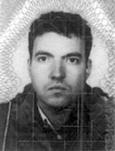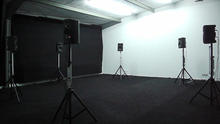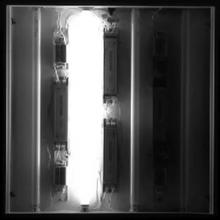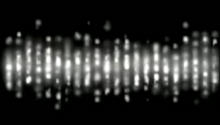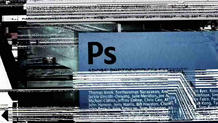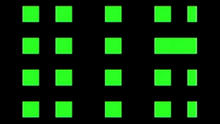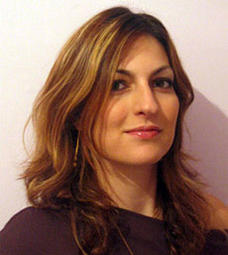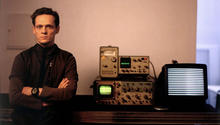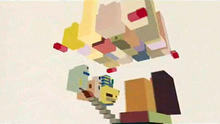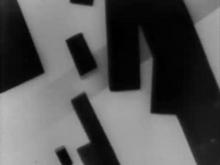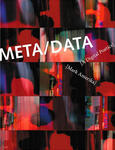Trioon I
(2003)by Karl Kliem. Music by Carsten Nicolai aka Alva Noto and Ryuichi Sakamoto. Both elements of the music, an analog piano and a digital sinus wave, are represented by two overlapping visual elements.
Both elements of the music, an analog piano and a digital sinus wave, are represented by two overlapping visual elements: the fading sound of the piano by three abstracted octaves of a keyboard with the keys fading out just as softly as the tones fade from hearing. The sinus waves contrast the piano and indicate the pitch in the form of horizontal stripes along the vertical axis (FFT analyzer).
Source: Dienststelle



